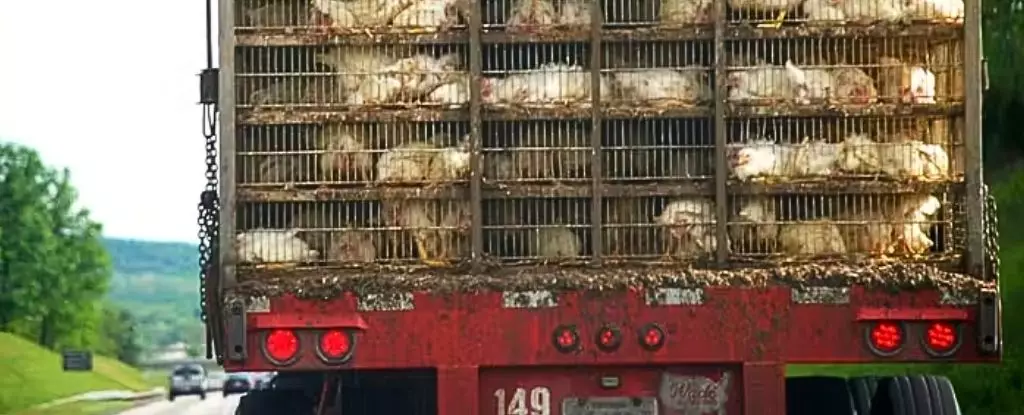Disease forecasts function much like weather predictions: both area inherently uncertain, yet both can provide valuable insights into potential futures. Just as meteorologists have become adept at advising us about inclement weather, public health experts can identify emerging threats like the H5N1 strain of avian influenza—a virus that has cast a long shadow over global health. Although human cases to date have been rare, the spike in fatality rates is deeply concerning; nearly 50% of reported cases since 2003 have resulted in death. This far exceeds the mortality rate of the infamous 1918 flu pandemic, raising alarm bells among scientists. Should H5N1 jump from sporadic human cases to widespread transmission amongst people, we could be facing a public health nightmare that we are woefully unprepared for.
The Anthropological Lens on Epidemics
In my recent collaborative work titled “Emerging Infections: Three Epidemiological Transitions from Prehistory to the Present,” we analyze the anthropological factors affecting disease evolution. The narrative we tell is one steeped in history, reflecting on how human behaviors, from agricultural practices to urbanization, have consistently shaped the trajectory of infections over millennia. The steady evolution of the H5N1 virus exemplifies a trend where animal pathogens progressively adapt to invade human populations—demonstrating a repetitive cycle of spillover events. These transitions should alarm us; they represent our own complicity in exacerbating the spread of infectious diseases through unsustainable practices.
Understanding Spillover Dynamics
What becomes evident when we delve into the mechanics of spillover is the complex interplay between species. For a pathogen like H5N1 to successfully infect humans, it must overcome significant evolutionary hurdles. The virus requires the right combination of mutations—specific molecular keys that can turn the locks of human cellular defenses. The irony is that, while viruses can evolve rapidly, they often stall midway through this adaptation process. For instance, H5N1 is currently making sporadic appearances among poultry workers—individual cases hinting at its potential to ignite a larger outbreak. This ‘viral chatter,’ a phrase used by epidemiologists, can read like a clandestine warning. It’s our responsibility to decipher these signals as they could indicate a looming pandemic.
The Role of Evolutionary Speed and Mixing
Influenza viruses change at a blistering pace, where co-infection within a single host can lead to entirely new strains. The suggestion that H5N1 has already infected over 450 different species amplifies our worries. Each newly minted strain may possess the qualities needed to establish human-to-human transmission. If we remain passive, today’s viral whispers could soon amplify into a cacophony of illness threatening global populations. The evolutionary game is precarious and loaded; the divergence of flu viruses increases in environments where diverse species mingle, such as poultry farms.
Preventing a Global Catastrophe: A Collective Responsibility
While the situation may seem dire, proactive measures can significantly slow down H5N1’s evolutionary progress. Government policies supporting humane farming practices can help, especially given that the volume of poultry far exceeds that of wild bird populations. Enforced regulations that prioritize animal welfare may not only curtail H5N1’s opportunities for mutation but also promote happier and healthier livestock. Additionally, on a personal level, we must not dismiss preventative measures like seasonal flu vaccinations, which surprisingly contribute to reducing H5N1’s capacity for mutation.
On a broader scale, improving sanitation and nutrition in impoverished communities can fortify collective immunity against emerging pathogens. History has continually shown that a robust nutritional status increases resistance against newly introduced infections. In our increasingly interconnected world, the disease burdens of one region can spill over into many, making it imperative that we address these disparities in health care.
Rethinking Our Impact on Infections
For over 10,000 years, our behaviors have tangibly influenced the evolutionary paths of infectious diseases. Yet, this acknowledgment also brings forth a call to action: we have the power to reshape these trajectories for the better. Urgent reform in health practices, agricultural policies, and global cooperation is paramount to tackle the monumental threat represented by H5N1. As we confront the potential for devastating human infection, it’s time to recognize the stakes and engage in collective action before it is too late. The whispers of H5N1 linger in the air, and whether we heed the warning is up to us.

Leave a Reply